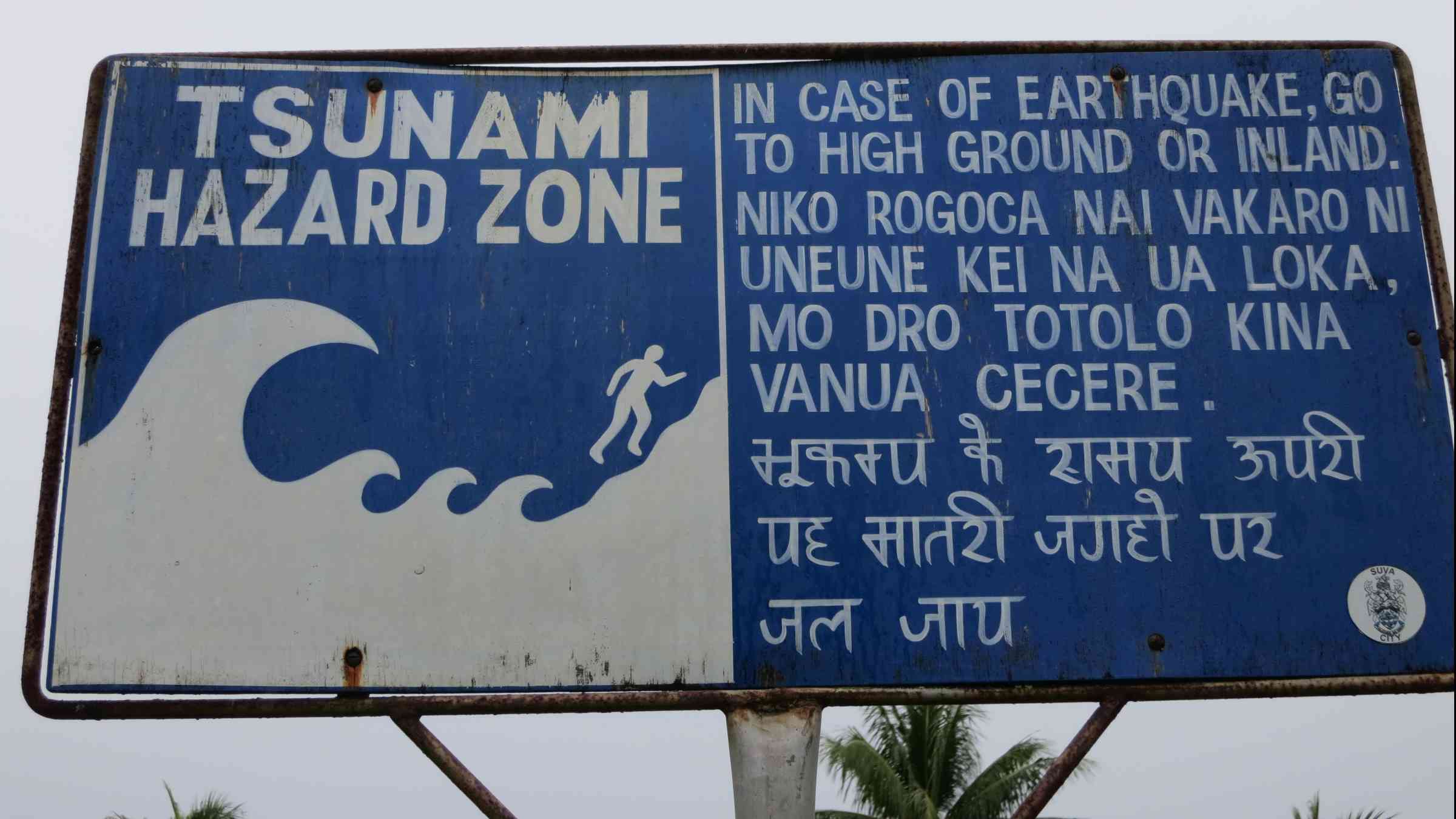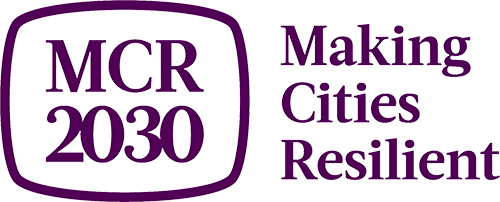
INCHEON, 9 November 2021 – Disaster preparedness saves lives in the face of the world’s consistently deadliest natural hazard: tsnuamis.
This was the headline message from municipalities on the frontline of tsunami risk in a global event to highlight how tsunami risk reduction is an investment and not a cost.
The “Effective International Cooperation to Reduce Tsunami Risk at the Local Level,” organized by UNDRR, convened experts and practitioners from to showcase local innovation and solutions to reduce tsunami risk reduction.
A video animation telling the story of a 12-year-old girl named Martina Maturana warning her community of an impending tsunami illustrated the point profoundly.
Eleven years ago, on Robinson Crusoe Island, a remote island of Chile, Martina recounted her story in her own voice of how she recognized the warning signs and rang a bell to alert villagers to run to high ground.
The 8.8 magnitude earthquake sent a 20-meter wave crashing onshore, devastating buildings and homes but with very few casualties among the population of 600 on the island as a result of Martina’s actions.
Mr. Dan Neely, Manager of Community Resilience and Recovery at Wellington Region Emergency Management Office, New Zealand, re-emphasized the point and stated that, “local knowledge is very important in terms of disaster preparedness” and that, “building resilience should be led by the community.”
Island Bay, where Mr. Neely is based, has successfully implemented an initiative led by the local community to install tsunami signages and draw blue lines on roads that indicate tsunami safety zones on a higher ground.
Dr. Rui Angelo, Director of Prevention and Awareness Raising, Cascais Civil Protection, Portugal, showcased the collaboration between academia and the local community in which a University conducted a study to identify meeting points and locations to set up signages across the city of Cascais.
“Awareness on tsunami risks should be increased at all levels – at decision-making, political, technical, and civil level,” said Dr. Angelo.
The webinar culminated by underlining the urgency of disseminating the need for tsunami awareness globally to all coastally exposed communities.
Mr. Sekoti Naceta, Head Boy from Marist Brothers High School, in Suva, Fiji, shared Fiji experience on integrating tsunami preparedness in the school curriculum. “Tsunami awareness is imperative not only for us here in Fiji, but to all coastal urban communities around the globe,” he said.
The global webinar was moderated by Asma Jhina City Resilience and Climate Finance Advisor, Global Covenant of Mayors for Climate and Energy the City Climate Gap Fund.
It is estimated that approximately 50 percent of the global population will be exposed to the risks induced by coastal disasters including tsunami and flooding by the year 2030.
The United Nations General Assembly designated November 5 each year as World Tsunami Awareness Day to highlight the importance of international cooperation that supports locally-led efforts to reduce tsunami risk.

